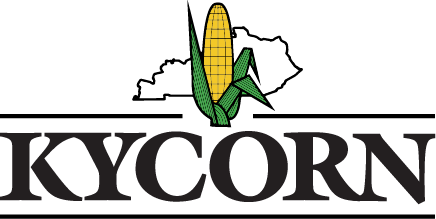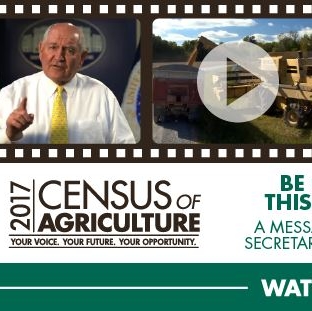New Web Response will Save Farmers Time
Every five years, the USDA National Agricultural Statistics Service (NASS) conducts the Census of Agriculture, which is the only source of uniform, comprehensive and impartial agricultural data for every county in the nation. It’s a complete count of U.S. farms and the people who operate them. From small plots of urban and rural land to large farms with thousands of acres, the Census counts them all plus looks at land use and ownership, operator characteristics, production practices, and income and expenditures.
Because Census data is so comprehensive, it’s easy to see trends in agriculture all the way down to the county-level. But why is data like this good to have?
- Farmers have an opportunity to decide if they’d like to expand or diversify their operations to fill a gap that may show in the trends.
- Commodity associations use the data to implement programs and successfully market corn and corn-based products here and abroad, ensuring more market stability for farmers.
- Universities like the University of Kentucky can identify a need in the county/state, build programs and workshops for farmers to learn about best practices and strategies, and possibly write grant proposals to benefit farmers looking to diversify and grow their operations.
- Agribusinesses have insight to where particular farm machinery or processing facilities are needed to address farmers’ needs.
There is no other source for detailed agricultural data, and NASS needs all farmers to accurately respond to the Census, and all surveys, in order to provide accurate, timely data to the ag community.
There are some interesting changes coming to the 2017 Census. New demographic questions will better demonstrate who owns, runs and makes decisions for the farms in America. According to Ginger Harris, a demographics statistician with NASS, after the 2012 Census of Agriculture, NASS received feedback that the way it measured farm operators may not be fully capturing the role of women and new and beginning farmers.
“We ask for farmers to report all persons involved in making decisions for the farm, not just persons involved in day-to-day decisions,” Harris explained. “We used to ask detailed questions for up to three people per farm, but now they can report for up to four. We removed the concept of principal operator from the form to better acknowledge that many farms operate with joint principals – husbands and wives may manage the farm together, or two brothers, or a father and daughter.”
The 2017 questionnaire also asks specific questions concerning decision-making on the farm and what kind of decisions each person is involved in making.
New, also, to the 2017 Census of Agriculture is asking whether a farmer is serving or has ever served in the military. Farmers make up less than two percent of the U.S. population, and those in the military are an even smaller percentage. From this, the USDA can measure the number of veterans who have taken up farming and develop programs to meet their needs.
NASS’s new web response tool for this year’s Census saves time, is user-friendly, calculates totals automatically, and skips questions not applicable to your operation. The first of the Census of Agriculture mailings begins next week, with subsequent mailouts throughout the first few weeks of December. Look for yours in the mail.

